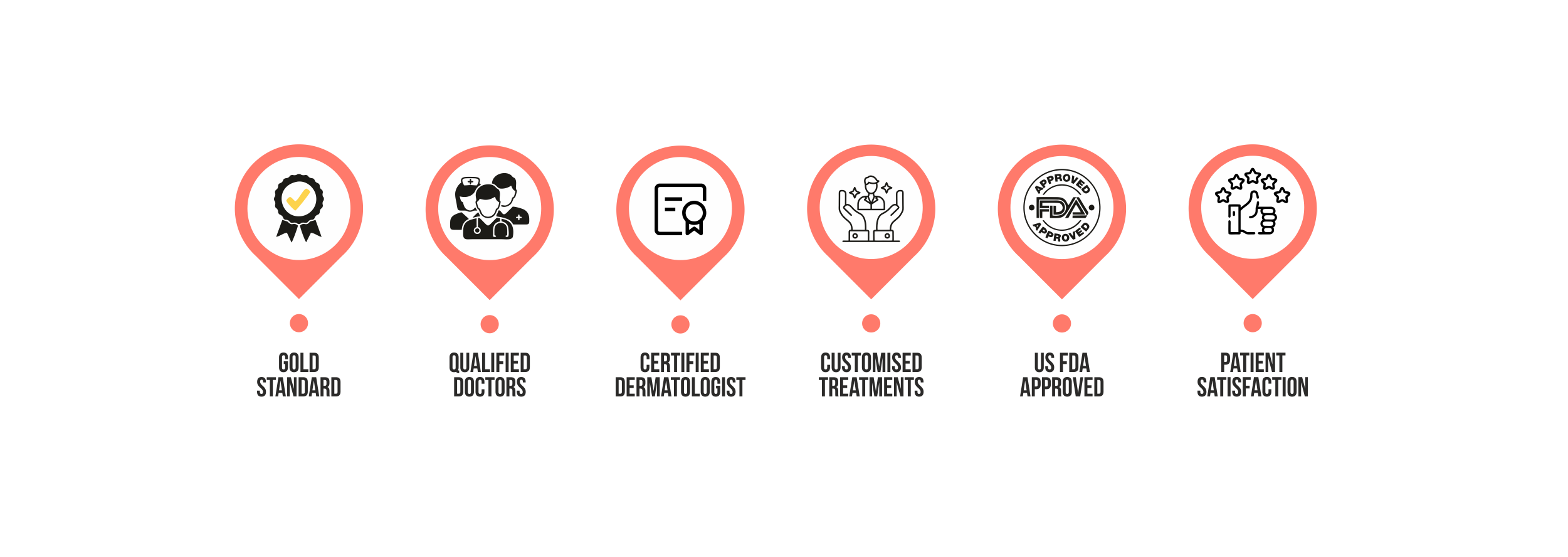Skin Treatments
Vitiligo
Why
Vitiligo
Restore pigmentation with Vitiligo treatments designed for you. Our experts employ advanced techniques to address this condition, promoting skin re-pigmentation and boosting confidence. Rediscover the beauty of diversity with our specialized care.
Experienced Dermatologists
Comprehensive Care
Latest Technology
Personalised Treatment
Getting Started is Easy
Get a free consultation
Consult for free with our experts!
Book Appointment
Check availablity of available slots.
See Visible Results
Start your treatment and see visible results after our sessions!
Why DermaSpace?

Luxury, quality & comfort
Visit Us Today
101, Pinnacle Building, Above OMA Showroom, North Main Road, Koregaon Park, Pune 411001
Call us: 87885 26934
